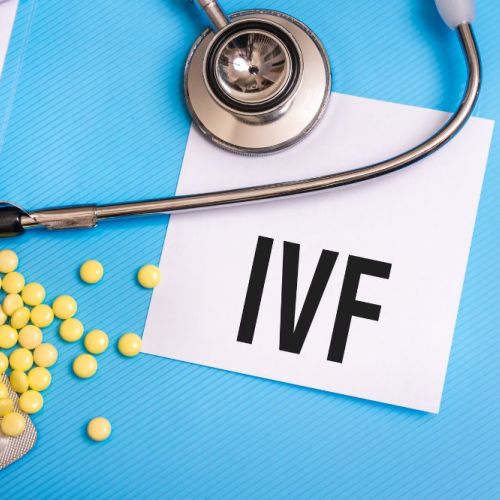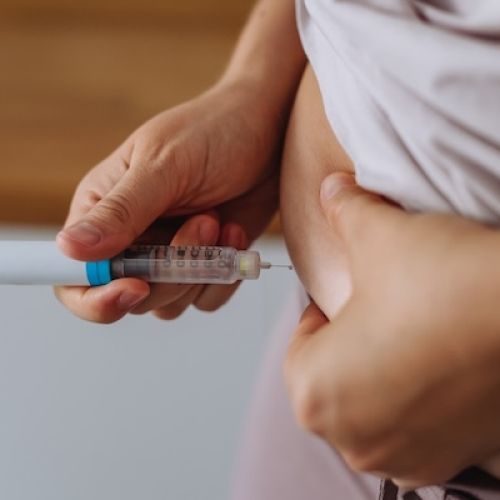What Are the Chances of Getting Pregnant After Tubal Reversal?

If you had a tubal ligation that was done to prevent pregnancy, your fallopian tubes were cut, tied, or burned to stop an egg from being fertilized. It’s not uncommon for women to feel differently after some time has passed, and if you have changed your mind about wanting to prevent pregnancy, it may be possible to reverse this procedure and unblock the egg’s path.
When women consider having a reversal procedure, it’s common for them to ask, “What are the chances of getting pregnant after tubal reversal?” The Center for Reproductive Health provides compassionate support to couples who are exploring their options.
Factors To Consider
The chances of pregnancy after a tubal reversal can range from around 50% to 80%. There are several factors to consider that help determine whether you’re a good candidate. One of the most important factors is your age. Your chance of getting pregnant decreases as you get older. The best candidates are typically women under the age of 40 who had their tubes tied right after having a baby.
The type of tubal ligation you previously had done and how much tube is left are other important factors to consider. Your doctor needs enough healthy tube(s) to be able to reconnect them. If your tubes were tied using rings or clips, this type of procedure is easier to reverse than if electrocautery was used to burn your fallopian tubes.
Your Overall Health
To find out if you’re a good candidate, your doctor will do a thorough review of your medical history including your history of pregnancies and pelvic surgeries. Blood tests and imaging tests may be ordered. Conditions that contribute to infertility such as endometriosis, pelvic inflammatory disease, and uterine fibroids can affect whether this procedure is likely to be successful. Other health conditions such as heart problems or autoimmune diseases can also affect your ability to have a tubal reversal followed by a successful pregnancy.
Your Partner
Your partner’s overall health and the health of his sperm can also affect your chances of getting pregnant after tubal reversal. A sperm count and semen analysis may be done before having a tubal reversal to determine the quality and quantity of your partner’s sperm. If there are issues with your partner’s sperm or any other reasons that tubal reversal isn’t right for you, you may want to consider in vitro fertilization (IVF). Undergoing IVF may be a better choice than tubal reversal for women over the age of 40.
Getting Pregnant After Tubal Reversal
Your doctor lets you know how long after a tubal reversal you should wait before trying to get pregnant. Women who are able to conceive after tubal reversal usually do so within the first year or two after the procedure.
A tubal reversal isn’t a guarantee of attaining a successful pregnancy, and there are other options to consider. Highly trained and experienced specialists are available at The Center for Reproductive Health who want to help you reach your goal of having a baby. Schedule a consultation today.




